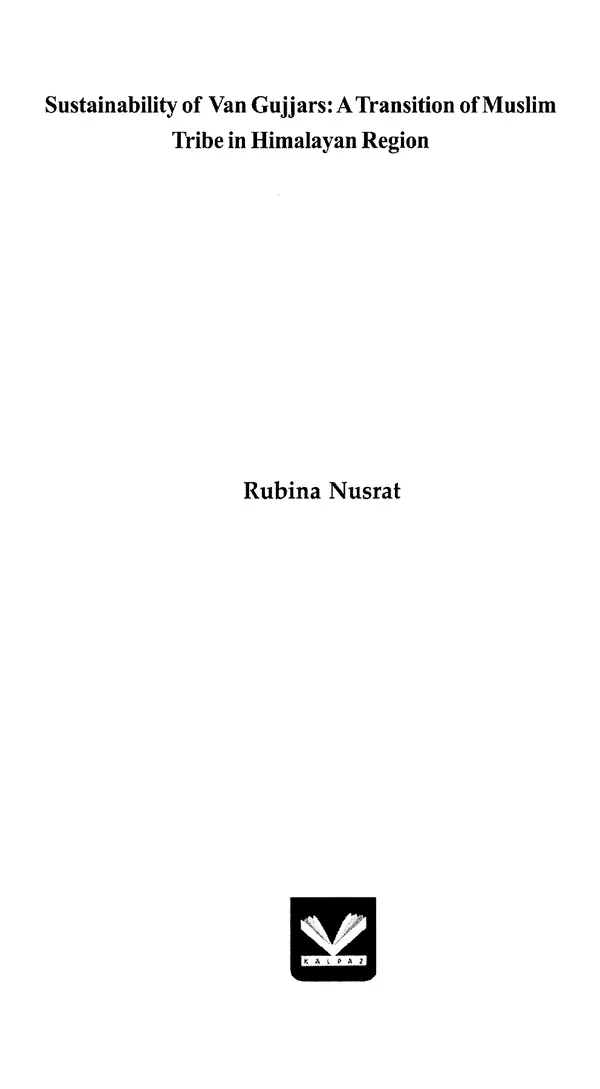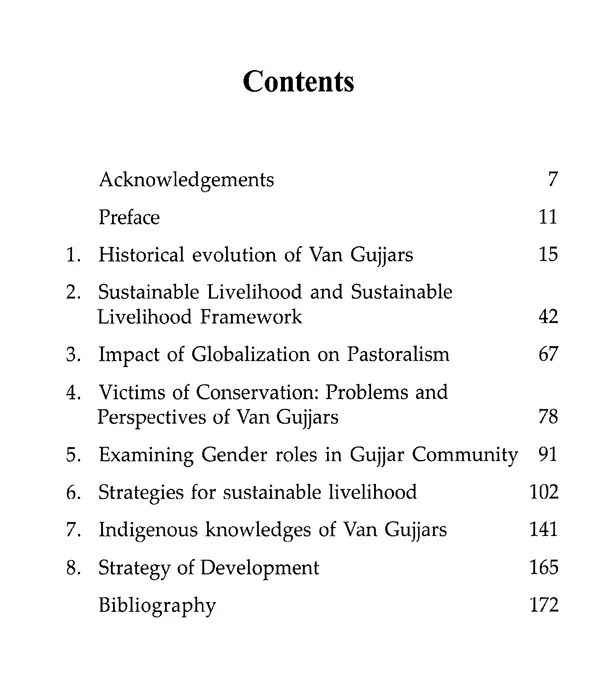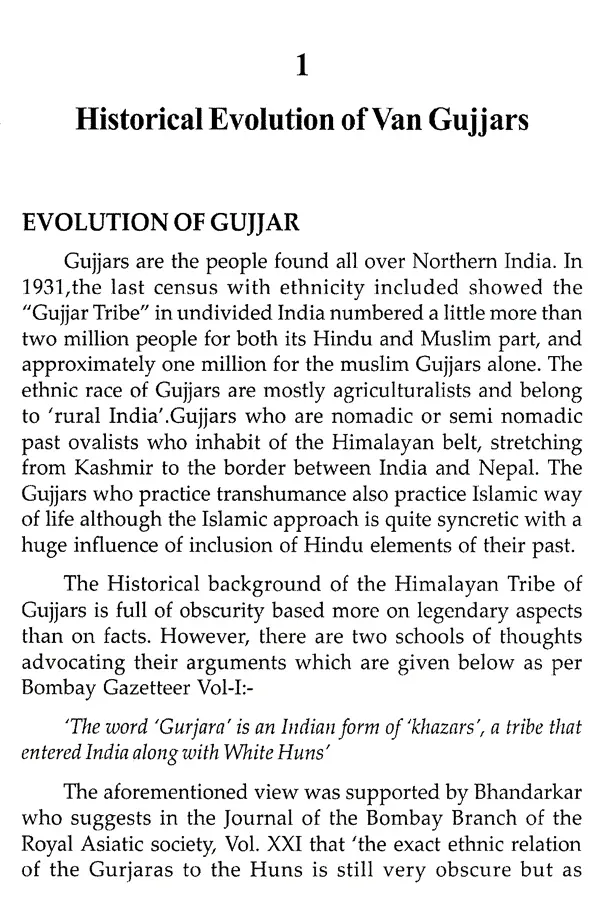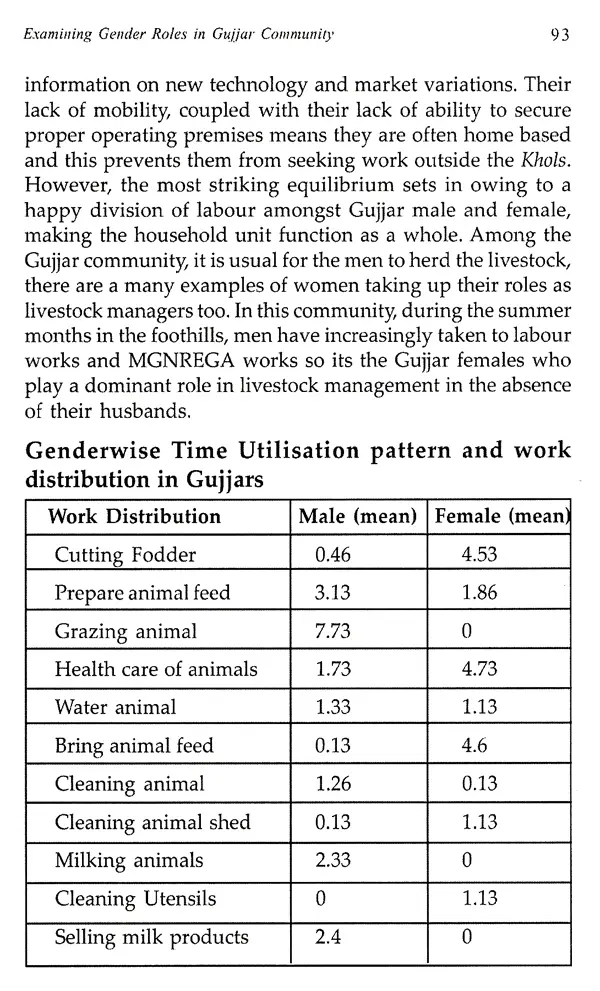
Sustainability of Van Gujjar: A Transition of Muslim Pastoral Tribe in Himalayan Region
Book Specification
| Item Code: | UAM859 |
| Author: | Rubina Nusrat |
| Publisher: | Kalpaz Publications |
| Language: | English |
| ISBN: | 9789351281382 |
| Pages: | 177 |
| Cover: | HARDCOVER |
| Other Details | 8.90 X 5.90 inch |
| Weight | 350 gm |
Book Description
This book elaborates on an overview of the Van Gujjar community in the context of time and space. It discusses about the sustainability issues of Van Gujjar. This book used the sustainable livelihoods framework to describe the livelihood context of Gujjar: a nomadic pastoral community dwelling in the foothills of Himalayas and drew out implications for Animal Husbandry activities. The sustainable livelihood framework sets out the relationships between the household asset base and factors that exert pressure on the asset base, including policies and institutional processes. It looks at livelihood strategies that are taken to achieve desired outcomes. In the paper, the vulnerability and risks are discussed from the viewpoint of the community itself rather than from an outsiders viewpoint. This framework also emphasizes on the interlinkages of the extrinsic factors. impacting the livelihood strategies of the respective communities, inferencing on the service delivery and concluding with analysis of opportunities. The asset base vulnerability enhances owing to the external shocks and trends. Animal Husbandry plays an important role in sustaining the livelihoods of the resource poor Gujjars in foothills of Himalayas. This book emphasizes on the marginalization of Van Gujjars.With the declaration of new. Protected areas and National parks have led to their eviction from their traditional habitat of Rajaji National Park in the Shivalik foothills and Govind National Park in their traditional Bugyals(grasslands), indirectly forcing them to give up transhumance that has been their way if living since centuries. With increasing international emphasis on the conservation of biodiversity, policies need to be devised out for the Van Gujjars so that they are able to benefit from recognition of their role in conserving livestock genetic diversity, promoters of valuable indigenous breeds of buffalo and indigenous knowledge and also about coping mechanisms from environmental stresses. The book corelates the changing values among Pastoralists of Himalaya in the wake of Globalization. It describes on the Gender roles in Gujjar community. This chapter discusses the triple role of production, reproduction and community workers played by the Gujjar women. It gives a detailed account of the pertinent factors that are leading to the empowerment of females of this community. An aspect of the book enumerates the strategies for sustainable livelihood. This book eventually highlights on the Indigenous knowledge's of Van Gujjars. It tries to explore as to how the biodiversity of Himalayas is retained through their indigenous knowledge and it could further be enhanced through their participation and management techniques.
**Contents and Sample Pages**












